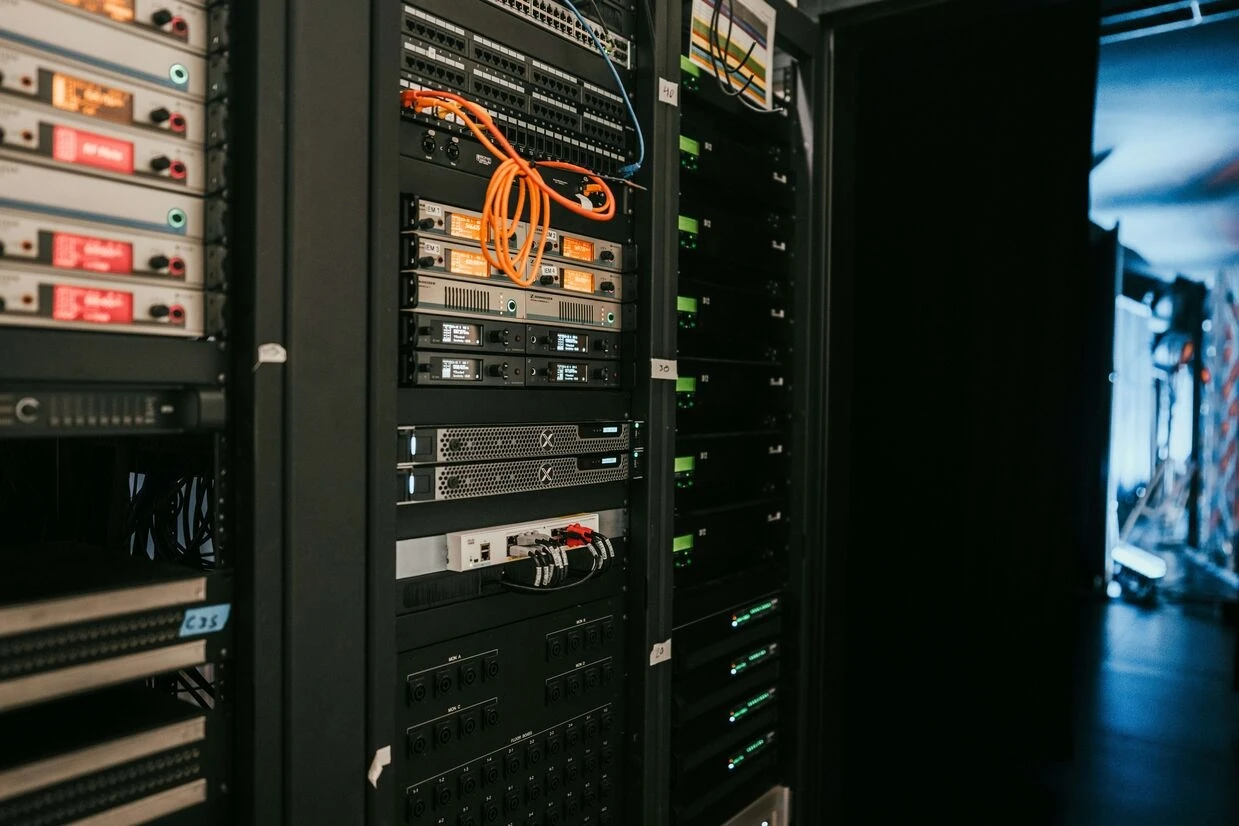Introduction
Artificial Intelligence (AI) has rapidly evolved over the past decade, revolutionizing industries and how we interact with technology. One of the most exciting advancements in AI is Generative AI. Unlike traditional AI models that analyze or classify data, generative AI has the remarkable ability to create—whether it's text, images, music, code, or even video. In this blog, we’ll explore what generative AI is, how it works, and why it's transforming the digital world.
What is Generative AI?
Generative AI refers to a category of artificial intelligence that can generate new content based on the data it has been trained on. This means it can create original outputs that mimic human creativity. Whether you're chatting with a language model like ChatGPT, generating images from text prompts using DALL·E, or composing music with AI, you're experiencing generative AI in action.
Key Characteristics:
Learns from large datasets
Creates new, original content
Mimics human-like creativity and expression
How Does Generative AI Work?
Generative AI typically relies on machine learning models like:
Generative Adversarial Networks (GANs): These consist of two neural networks—the generator and the discriminator—that work together to produce realistic content.
Transformer Models (like GPT): These are trained on massive amounts of text data and can generate coherent, context-aware text or code.
Diffusion Models: Often used in image generation, they create high-quality images by iteratively refining noise into a final output.
These models are trained on vast datasets and learn patterns, structures, and nuances, enabling them to generate outputs that feel authentic and original.
Applications of Generative AI
Generative AI is being adopted across various sectors:
Content Creation: Automated blog writing, scriptwriting, and social media content.
Design and Art: Tools like Midjourney and DALL·E help artists and designers create visuals from text prompts.
Customer Service: AI-powered chatbots that understand and respond like humans.
Education: Personalized tutoring, learning materials, and summarization tools.
Software Development: Code generation, debugging assistance, and documentation.
Benefits of Generative AI
Boosts creativity and productivity
Saves time and resources
Enables personalization at scale
Offers new possibilities in art, education, and innovation
Challenges and Ethical Considerations
Despite its benefits, generative AI also brings concerns:
Misinformation: Fake news or deepfakes
Copyright Issues: Use of copyrighted materials in training
Bias: Outputs can reflect biases present in training data
Job Displacement: Automation of creative and technical tasks
Ethical development and responsible use are essential to ensure that generative AI benefits society as a whole.
The Future of Generative AI
The future of generative AI is promising. As models become more powerful and accessible, we can expect even more advanced applications—from realistic virtual assistants to AI-generated films and interactive media. Businesses, educators, and creators must prepare to adapt to and harness this transformative technology.
Conclusion
Generative AI is more than a trend—it's a transformative leap in how machines can assist, create, and collaborate with humans. As we stand on the brink of an AI-powered future, understanding and responsibly integrating generative AI will be key to unlocking its full potential.




